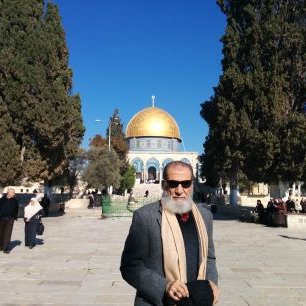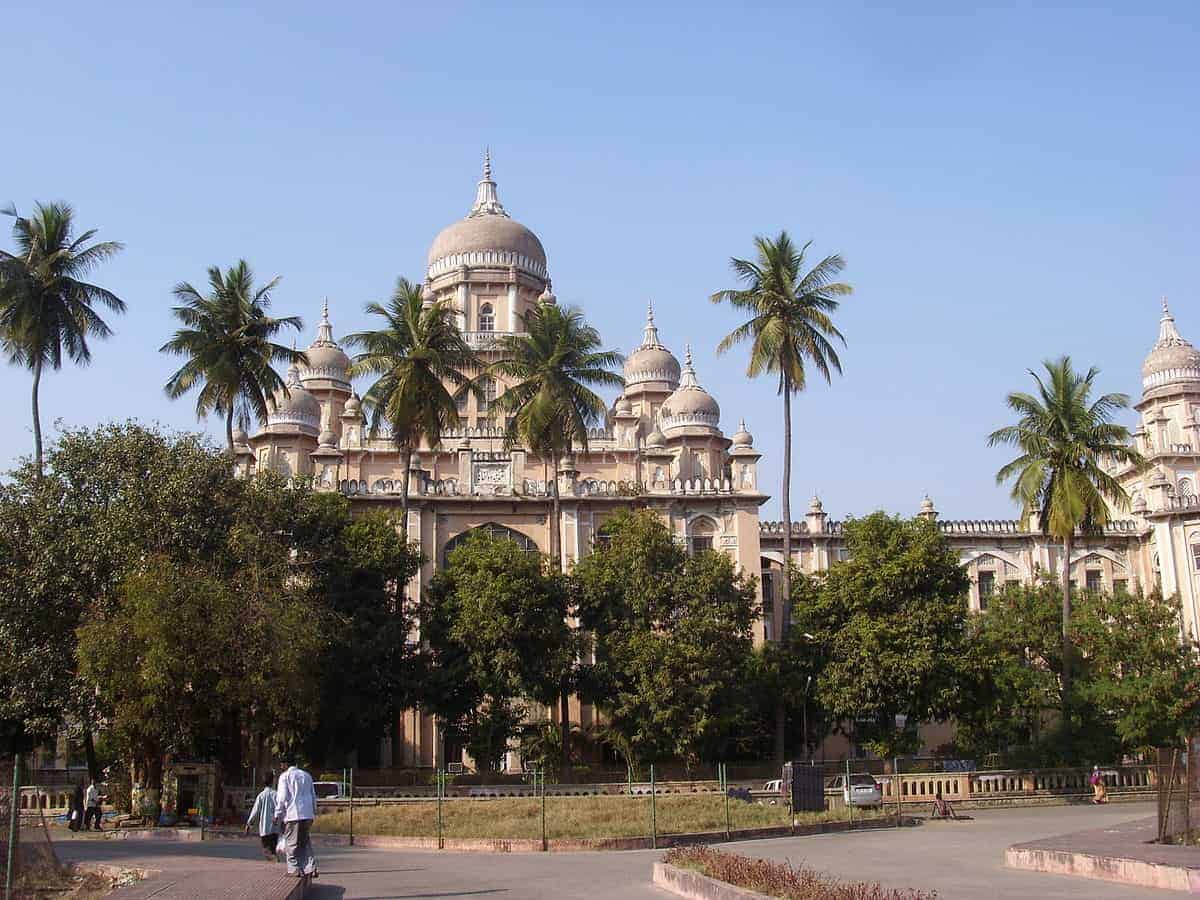
By Syed Qamar Hasan.
Hyderabad: SINCE I returned home(Hyderabad) in 2014, after a long, long stay of almost three and a half decades in a Gulf Arab state, what struck me like a blast of hot air, was the dilapidated condition of state buildings and public monuments that once were the pride of the Hyderabad.
The grandeur and magnificence of these structures were not just the palatial dimensions but the eye-catching architecture, a rare blend of Indo-Saracen-Qutub Shahi craftsmanship spelled out brilliantly in the shape of arcades of various sizes, vaults, asymmetrical onion domes, ornamental arches, slender minarets, and sprawling gardens.
And I also realized that with the exception of one or two from the dozen or more newspapers and periodical and battery of journalists that Hyderabad boasts off, none bothered to put out a strong brief for the protection and preservation of these heritage sites.
Seresh Nanisetti, of ‘The Hindu’ is perhaps or maybe not, but I am sure he is, one scribe who relentlessly has been after the matter. Highlighting heritage-related issues, appreciating efforts by the government to preserve and critical about the gross negligence in some cases.
Old heritage sites of Hyderabad
Todays ‘Hindu’(27.8.20) carries a report by him about the city’s heritage activist lamenting the absence of a “robust system” to protect the 400 years old heritage sites of Hyderabad. He points out that despite Hyderabad High Court judgment passed on a heritage structure ‘Irrum Manzil’ ( 2019) there is still no Heritage Conservation Committee (HCC).


Conversation Committees and any such bodies, NGO’s or non-NGO’s alone may never be able to handle the tedious and cumbersome procedures involved in the restoration works on the monuments, structures and buildings that grace and beautify the city’s’ skyline. The need is for sustainable work schedules to be managed by qualified historian, architects and craftsmen supported by self-sufficient funds.
Culture – heritage preservation and protection is also the responsibility of citizens.
Caring about one’s heritage is an inherent attitude of the educated and culture conscious societies that wish to be remembered by posterity for their achievements in art literature and architecture.
Unfortunately, there is a noticeable deficit in Hyderabadees with regard to this discipline. The unattended, graffiti infested and dilapidated state buildings built by the former rulers of Hyderabad in eye-catching Indo- Saracen architecture are a proof. The progeny of the erstwhile rulers was more into traits and hobbies better not be discussed or written about here, than looking after their inheritances.
We Hyderabadees care more for our cuisine and are possessed with the belief that we are the only people under the sun, who can cook a decent dish of Biryani and Baghray baigan and readily get worked up to defend the belief. In addition, the other concern which is flaunted about is the distinct Urdu dialect, while the rest of our rich heritage can go to the knackers’ yard.
Cultural impact on successive generations
Monuments and structures of the past have a profound and enduring cultural impact on successive generations more than gastronomy and literature, as the later have tendencies to undergo changes unnoticed till the change is apparent, whereas periodized structures representing a particular cultural retain their originality for extended periods of time, unless woefully abandoned.
Historical buildings in Europe stand testimony to this. Despite the two devastating world wars many ancient churches and state buildings stand to this day well protected and preserved, attracting thousands upon thousands of tourists bringing revenues that are used for the proper upkeep of the structures. Even at home forts, palaces, and public buildings in former principalities of north India can be cited as examples of better management of heritage sites.
Historical buildings
Hyderabad city has several historical buildings and recently a couple of them like the Irrum Manzil, and Osmania General Hospital were in the news as the KCR government was planning to devour them up to beget other lucrative projects. However, public outcry and heritage activists’ the protest made the court to intervene and stop the demolitions.

It is time that heritage activists take up the recommendations made by the court strongly demanding the implementation of the Urban Areas Act, specifying the establishment of the Urban Art Commission to protect and conserve historical sites. Otherwise, stop-gap arrangements, slapdash repairs, and restoration works will end up like the recent job on Mozzam Jahi that cost the state exchequer irs15 crore, and was opened to public and shopkeepers amidst much fanfare and media glare was found to be seeping with rain water just a day after it opened.
The government and concerned agencies must be given their due in taking up restoration of several buildings like the City College, the Mahboub Chowk Clock Tower, Residency building (women’s college) albeit late, still there are many other buildings that need to be looked after.
One such outstanding architectural beauty that is neglected is the massive granite building of the Arts College on the Osmania University Campus.
An inspiring piece of architecture, that represents a blend of Hindu, Saracen and Gothic architectures magnificently brought out on the frontage of the building. The interior especially at the atrium with superbly burnished floor and the vaulted corridors and arched windows, huge solid wooden doors polished to a gleaming brown glow spacious airy lecture rooms and toilets( that’s my memory of the place mid-sixties) provided pleasant and friendly ambiance to students.
Recent media reports give a sad and disappointing picture of this once beautiful building with water from recent rains entering the corridors and classrooms. The government has to be quick in restoring the old grandeur of this structure before it gets worse.

